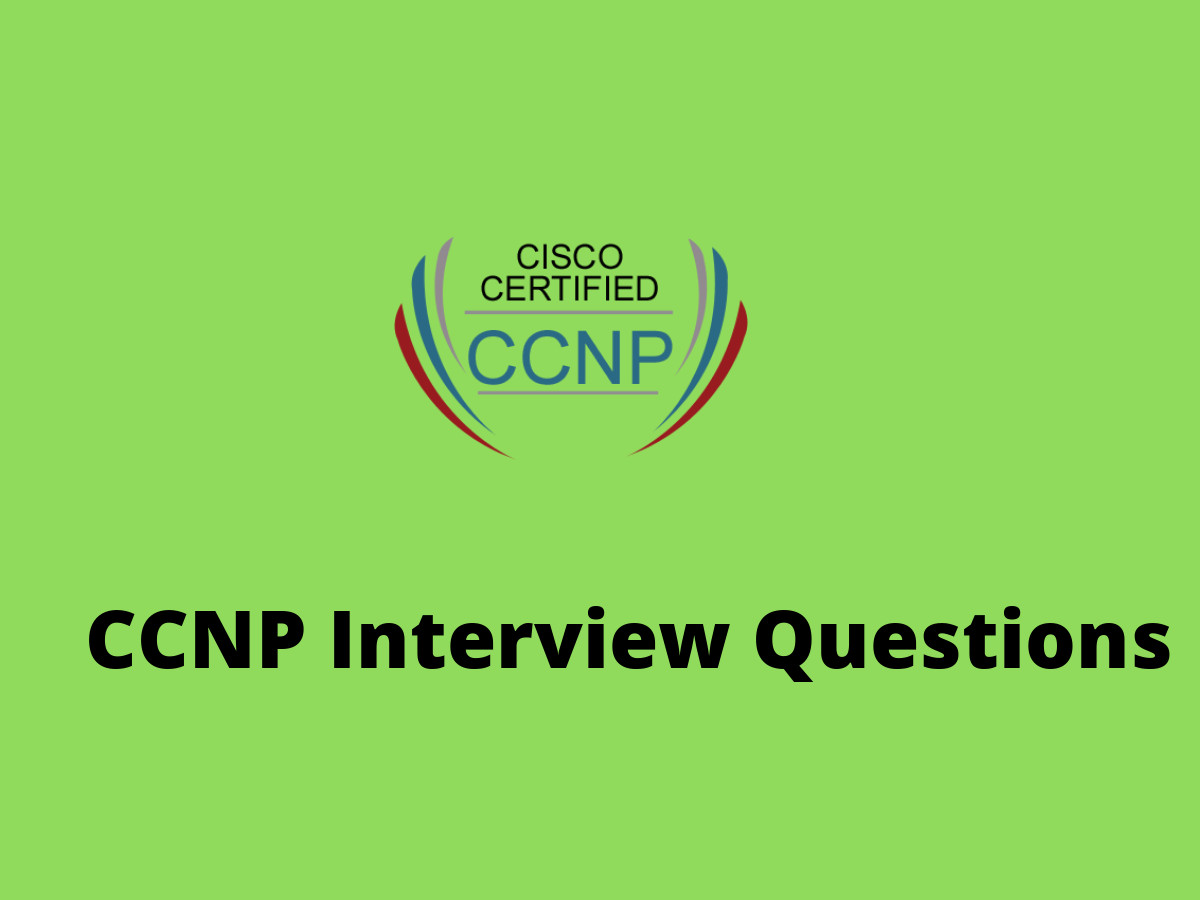Cisco Certified Network Professional(CCNP)
There are a lot of opportunities offered by many reputed companies for the aspirants with CCNP Engineering knowledge, and if you are the one among them, then it is time for you to hit a home run and shine out with a bright future career.
And if you are looking for CCNP Interview Questions that will help you land a job, then you are at the right place.
Here are a few CCNP Interview Questions that are specially designed to make the candidates strong at the fundamentals and will eventually help you in cracking the interview.

